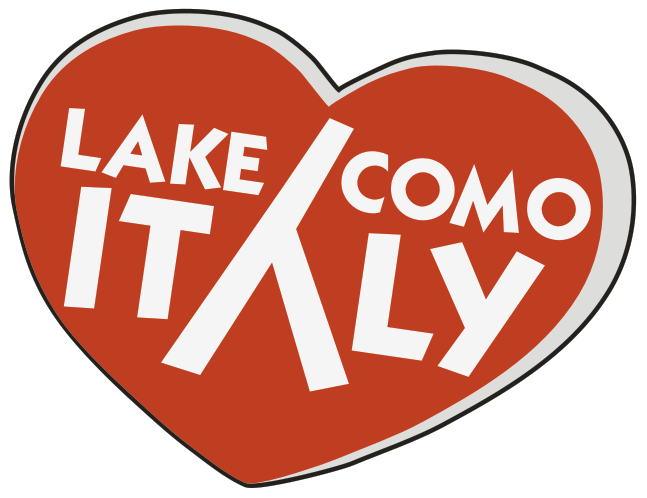|
Religious building, one of the most beautiful and representative of the European Romanesque, located along the Oratory of St. Benedict in 700 m high on the mountain Cornizzolo. It was part of the complex of the Benedictine Abbey of Civate, which also included the Romanesque Basilica of San Calocero, in addition to San Nazaro, San Vito and a church dedicated to the Baptist, unidentified.
The oldest document on the complex dates back to the mid-ninth century and speaks of a presence of 35 Benedictine monks, led by Abbot Leutgario, tied to the Monastery of St. Gallen in Switzerland; 850 in the body of San Calocero was transported to the Basilica of San Calocero, the monastery matrix.
In 1097, Arnulf, bishop of Milan wanted to be buried at San Pietro al Monte. Here the prelate had retired some years before, looking for peace, after hard clashes following his election discussed. And at the very end of the eleventh century they can be dated some of the most important works that enlarged and embellished the wonderful church of Civate.
The original orientation was overthrown by creating a building with an unusual double apse, of which the eastern one was to form the facade.
A monumental staircase allowed access, while around a large semi-circular entrance hall with two floors, one for church height and the other to the crypt height, open to mullioned windows, welcomed pilgrims, giving them the comfort of a shelter.
Schieratosi with Barbarossa during the war between the German emperor and the Free City of Milan, the monastery of Monte pedal was punished by ambrosian that destroyed the convent parties, while respecting the church and its ornaments. The Benedictine community so ceased to reside permanently in San Pietro, watched over by then only a few monks who more than others felt the lure of the hermitage. Four centuries later, in the mid-sixteenth century, the religious life of the place was revived by some Olivetan, who were finally expelled in 1798 from the suppression of the Cisalpine Republic.
Externally the four fronts cuspidate host stucco reliefs, with beautiful symbols of the evangelists in the corners. Molded in stucco admirable, wonderful for expressiveness, who return to the crypt, the most intimate and reserved the sanctuary dedicated to the Virgin and to the theme of God with man, the manifestation of the Divine in history.
Today, as then, after enjoying so much wonder, after participating in sacred rites, turning back the faithful encounters the magnificent fresco on the counter, depicting the apocalyptic battle between the terrible dragon and angels who defend -woman clothed sun- "and the rising son.
|

